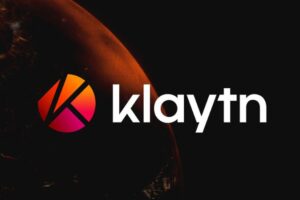Machine learning is currently one of the hottest topics. Many users consider Python to be the best programming language. However, Python is a general-purpose programming language, it is used in a wide range of applications. To use Python for machine learning, you must first learn some Python libraries in addition to general Python.
In this post, we will give you an overview of the most fundamental Python libraries that will help you get started with machine learning. You should become as acquainted with them as possible because they are the fundamentals. You’ll give up in the middle of your learning journey if you don’t learn them properly!
Page Contents
Python Libraries for learning python machine
Python is regarded by developers as one of the most efficient general-purpose languages. This language is simple enough to allow specialists to create nearly anything their clients desire. Python’s popularity in data-related development grew in tandem with the rise of big data and artificial intelligence. Based on our experience with data science projects, we’d like to highlight our top 12 Python libraries for machine learning and explain why they’re useful to both developers and clients.
Pandas
Python has several machine learning libraries. A significant amount of time is spent on machine learning problems or projects on data processing as well as analyzing data patterns. Pandas are useful because it was designed for data preparation, analysis, and extraction. It offers a higher-level data structure and data analysis. Is an open-source library with a wide range of capabilities, including data manipulation and analysis.
In other words, whenever you have a tabular dataset such as an excel sheet, you must use pandas to handle the data. This library allows you to read CSV (Comma Separated Value), Excel, JSON (JavaScript Object Notation), and SQL (Structured Query Language) databases. The good news is that Pandas have a variety of built-in methods for combining data, filtering data, manipulating data, grouping data, and analyzing data.
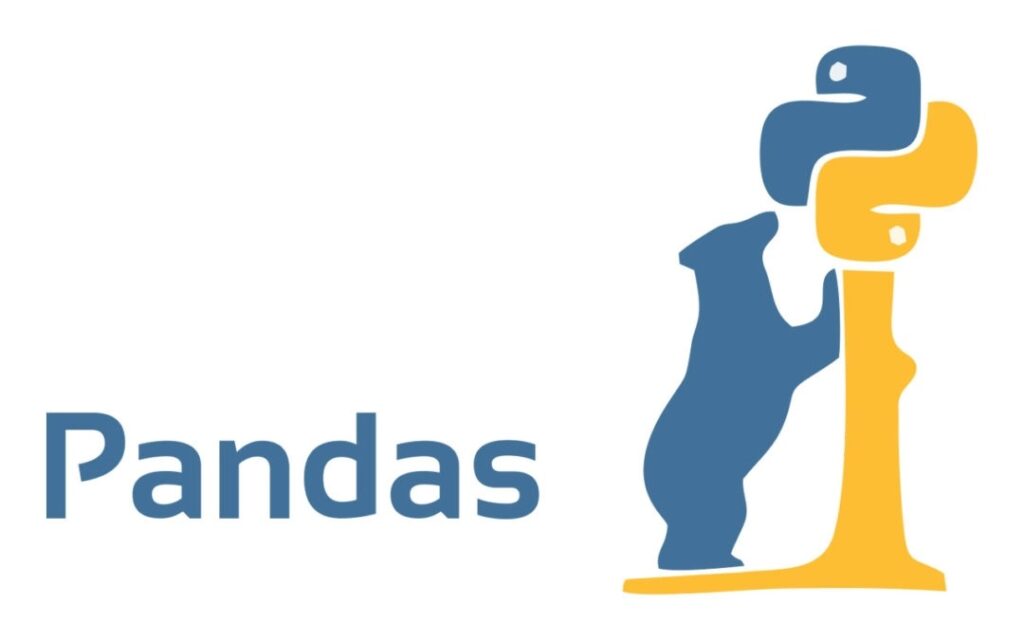
NumPy
NumPy is a linear algebra library written in Python. It includes a function for solving complex mathematical operations such as linear algebra, Fourier transform, random numbers, and matrices and arrays in Python. In Machine Learning, it accomplishes statistical computations. As a result, Numpy is the second most popular. Python Machine Learning Libraries
NumPy is a well-known Python library for dealing with multifaceted arrays and matrices. It calculates the n x n matrix in a matter of seconds. High-end libraries, such as TensorFlow, use NumPy operations internally for tensor manipulation that is a pixel value in terms of image.
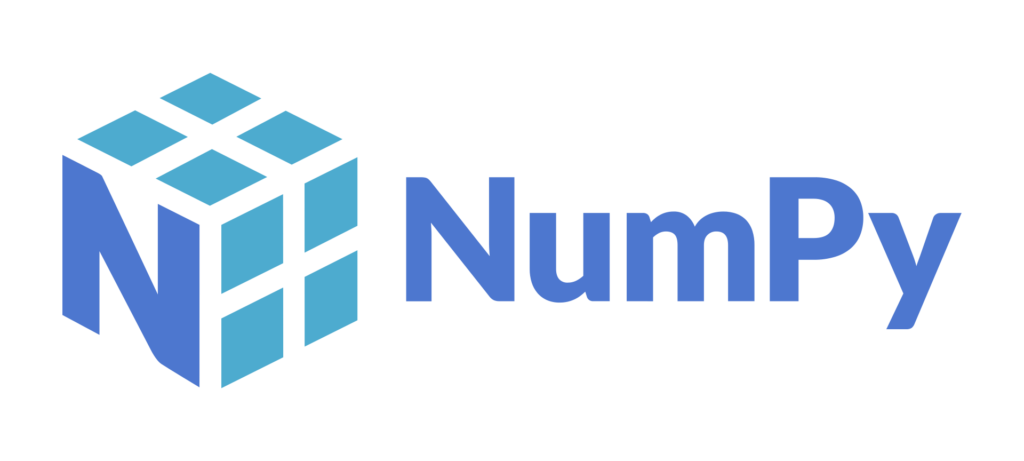
Scikit-Learn
Scikit learn is a Python machine learning library. It’s an open-source library that is licensed under the BSD license and is reusable in various contexts, encouraging both academic and commercial use. It offers a variety of supervised and unsupervised learning algorithms in Python. Scikit learn is made up of well-known algorithms and libraries.
This library is an essential component of the technology stacks of Spotify, Booking.com, OkCupid, and others. Scikit-learn is an addition to the main Python numerical and scientific libraries. In conjunction with them, it aids in the inclusion of new features and the enhancement of existing ones in software products.

Matplotlib
Another popular open-source library is NumFOCUS, a 501(c)(3) nonprofit charity in the United States. Matplotlib is a Python machine learning library that is used for data visualization. This two-dimensional(2D) plotting library is used to create 2D graphs and plots. It includes graphs such as bar plot, histograms, scatters plots, box plots, and many others. It has an effective interface, similar to MATLAB. It also includes several add-on toolkits, such as mplot3d for 3D plotting.
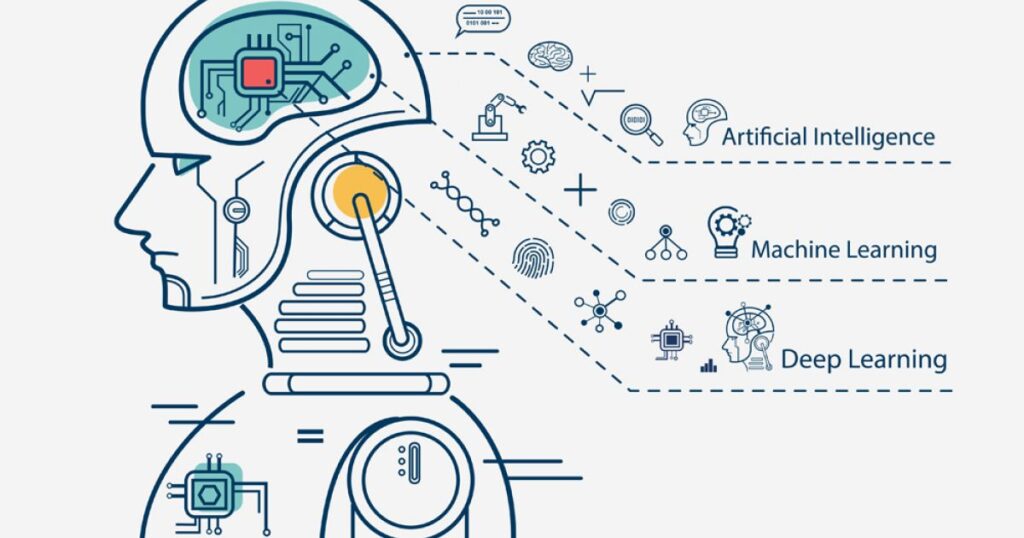
Plotly
Plotly is a Python library that is free and open source. The Plotly library includes over 40 unique charts with scientific, numerical, financial, and 3D graphs. Developed on top of the Plotly Javascript library. It also supports non-web contexts, such as desktop editors. Plotly is one of the most well-known Python graphical libraries. It involves dynamic graphs to help you understand the relationships between target and predictor variables. It can be used to analyze and visualize statistical, financial, commercial, and scientific data to create clear and concise graphs, sub-plots, heatmaps, and 3D charts, among other things. It includes over 30 chart types for a well-defined visualization, including 3D charts, scientific and statistical graphs, SVG maps, and so on. Plotly’s Python API allows you to create public/private monitoring systems with plots, graphs, text, and web images.
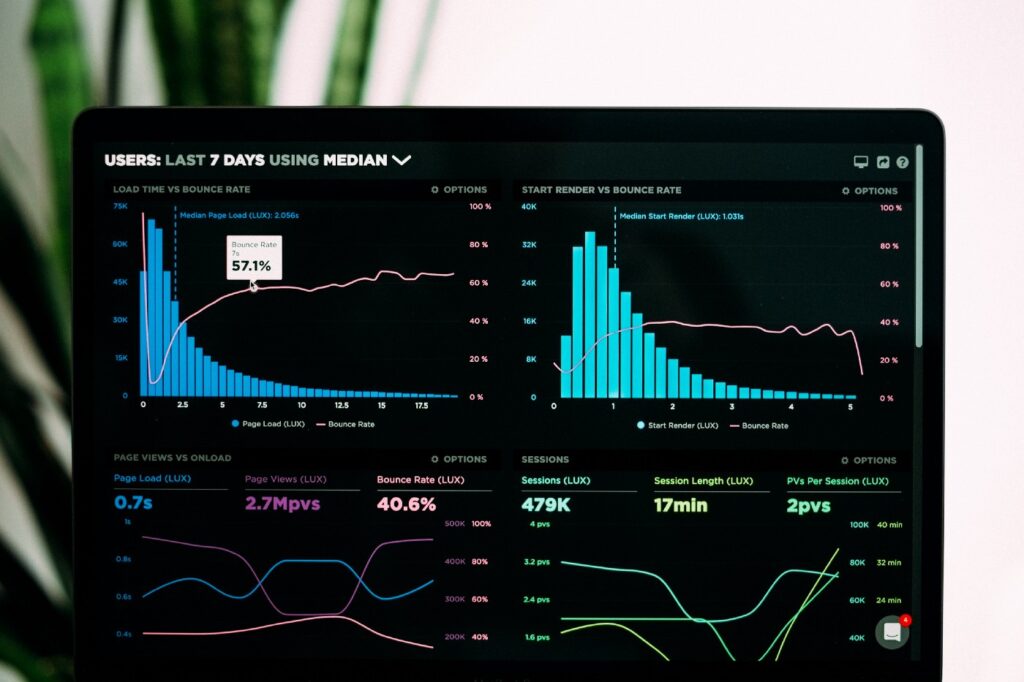
Seaborn
In Python, the Seaborn library is used to create a statistical graph. It is based on the matplotlib library. The Seaborn library works with matplotlib and pandas’ data structures. Its dataset-oriented plotting functions operate on data frames and arrays containing entire datasets. Semantic and statistical aggregation are required to generate informative plots. It lets you see univariate or bivariate distributions. In contrast to Matplotlib, Seaborn can be used to create more appealing and descriptive statistical graphs. In addition to extensive data visualization support, Seaborn includes an inbuilt data set-oriented API for examining relationships between multiple variables.
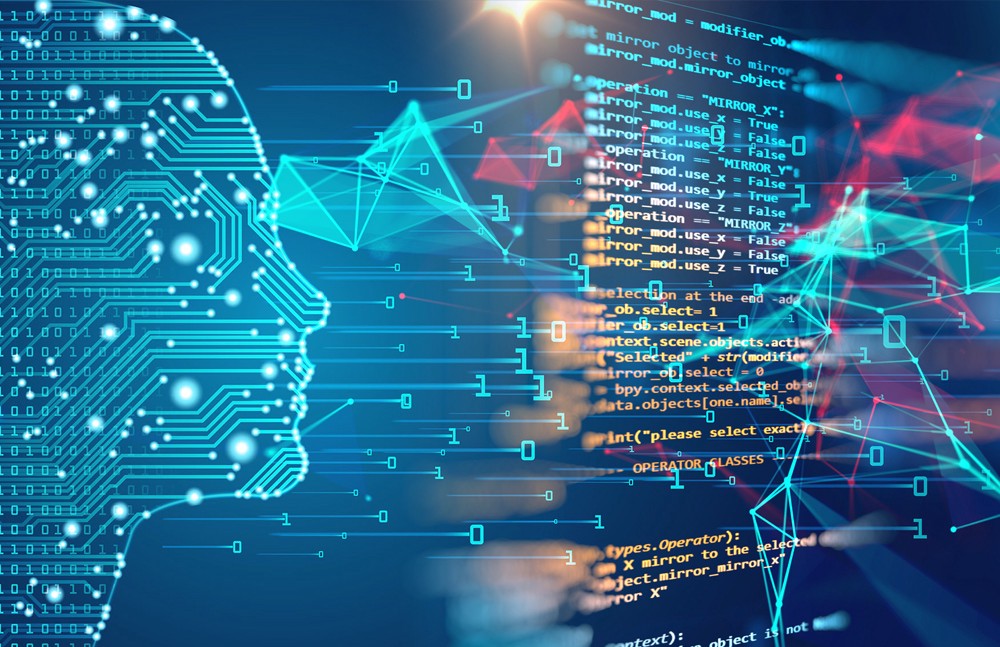
TensorFlow
TensorFlow was developed by Google’s brain team and is used internally by the company. It was released for the first time on November 9, 2015. As the name implies, is a framework for defining and running computations. It derives from the operations that neural networks perform on multidimensional arrays, which are referred to as tensors. TensorFlow is a machine learning library written in Python that is open source. It provides a set of workflows for developing and training models in Python, and JavaScript, and easily deploys them in the cloud, browser, or on-device, regardless of the language used. It’s a symbolic math library that’s also used in machine learning applications like neural networks, image recognition, handwritten digit classification, recurrent neural networks, NLP (Natural Language Processing), and word embedding.
When it comes to working with machine learning and AI projects, the best feature of TensorFlow python is its abstraction. Google Brain’s team released the first version 1.0.0 on February 11, 2017. TensorFlow can run on various GPUs (including NVIDIA) and CPUs. TensorFlow is accessible in 64-bit for all operating systems including Linux, macOS, and Windows, as well as mobile computing portals such as Android and iOS.
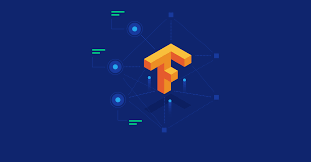
Keras
Keras is a well-known open-source Python Machine Learning library. It can run on both the CPU and the GPU at the same time. This library can be used to create neural networks and machine learning projects.
Deeplearning4j, MXNet, Microsoft Cognitive Toolkit (CNTK), Theano, or TensorFlow are all supported. It is very flexible and simple to add new modules, just as it is to add new functions and features.
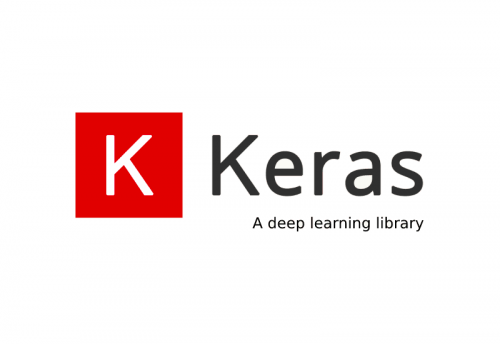
NLTK
Natural Language Toolkit, abbreviated NLTK, is a collection of libraries and programs for symbolic and statistical Natural Language Processing (NLP). Steven Bird and Edward Loper created NLTK in 2001. NLTK supports NLP research and teaching, as well as research and teaching in related fields such as linguistics, cognitive science, artificial intelligence, and machine learning. It offers a simple interface to over 50 corpora and lexical resources. NLTK is useful in a variety of industries, including education, engineering, and students and researchers. NLTK is available for use on various platforms, including Windows, Mac OS X, and Linux. NLTK is a fantastic Python tool for teaching and working on computational linguistics.
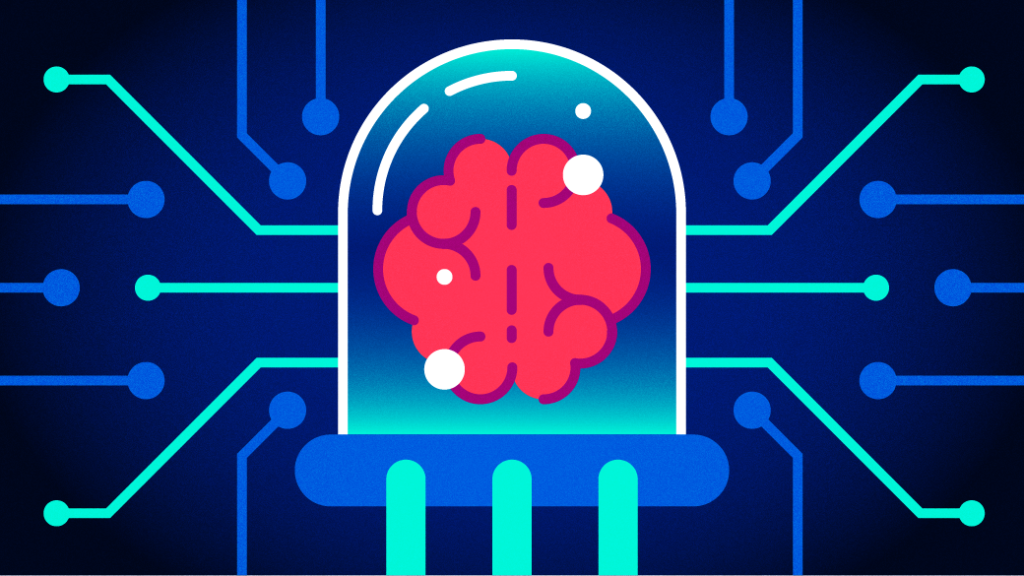
Theano
The Montreal Institute for Learning Algorithms (MILA) developed Theano in 2007 as a tool for manipulating and evaluating various mathematical expressions. This Python machine learning library allows you to build optimized deep learning neural networks based on these expressions. Although Theano is not as efficient for machine learning as TensorFlow, it has a few undeniable advantages.
Theano handles multiple computations while maintaining high performance and allowing code fragments to be reused for similar functions, reducing model development time. This library performs well on both CPU and GPU architectures, saving development time.
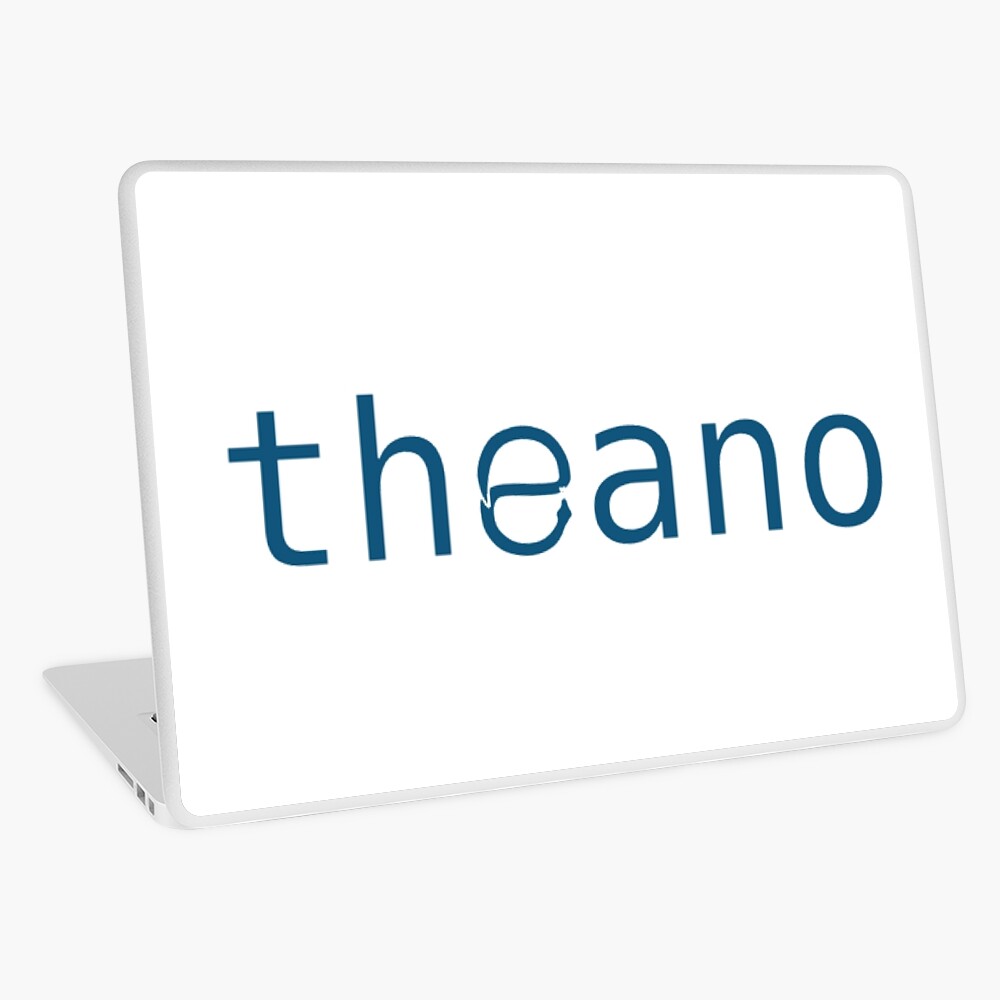
PyTorch
Python libraries for computer vision (CV), machine learning (ML), and natural language processing (NLP). It is a free and open-source library based on the Torch library. The original PyTorch was distributed under the Modified BSD (Berkeley Software Distribution) license. This library is written in C and wrapped in Lua. It was created by Facebook’s AI Research Lab (FAIR) and is now used by Twitter, Salesforce, and various major organizations and businesses. The PyTorch library’s most significant advantage is its ease of learning and use. It has a C++ interface and integrates seamlessly with Python, including NumPy. It is difficult to distinguish between NumPy and PyTorch. PyTorch also enables developers to perform Tensor computations.
Several Deep Learning software platforms, including Tesla, Uber’s Pyro, HuggingFace’s Transformers, and Catalyst, are built on PyTorch. It has two high-level functions. Tensor computing (NumPy) with strong GPU acceleration and Deep Learning networks built on a tape-based automatic differentiation system.
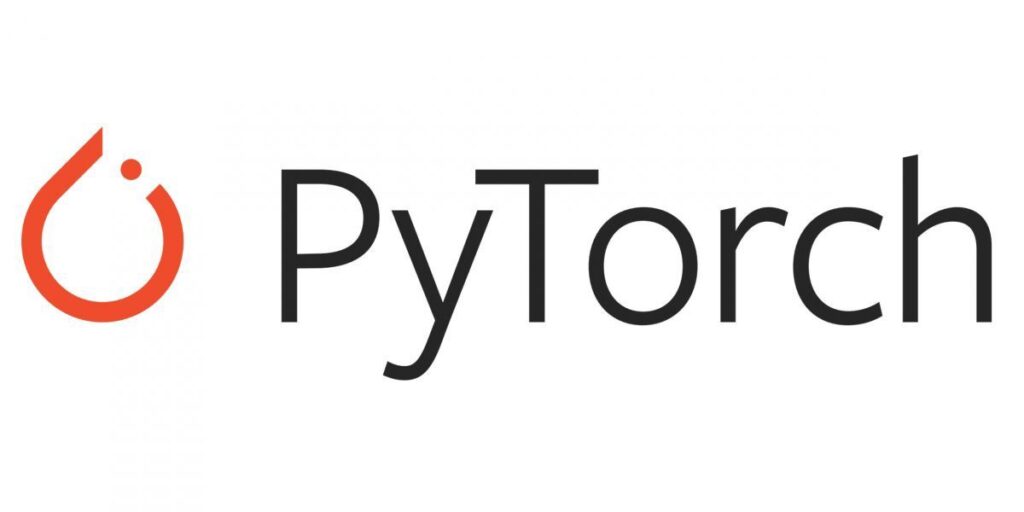
Orange3
Machine learning, data visualization, and data mining tools are included in this software package. It was developed in 1996 by scientists at the University of Ljublijana using C++. A year later, specialists began to actively use Python modules and widgets to easily develop more elaborated models. It has powerful prediction modeling and algorithm testing capabilities. Orange3 was created specifically for the creation of high-accuracy recommendation systems and predictive models. It has a diverse set of tools for testing new ML algorithms in various industries, particularly biomedicine and informatics.
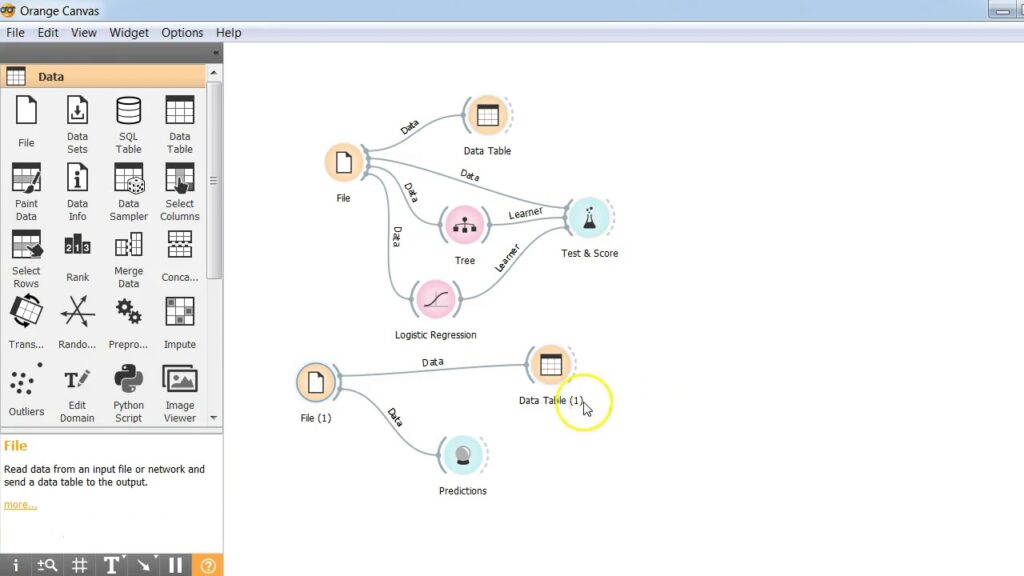
Conclusion
Python is a powerful language for data science and machine learning, as well as for other purposes such as web development and many others. Python is an open-source and active community in which the majority of developers create their libraries for their use and release them to the public.



